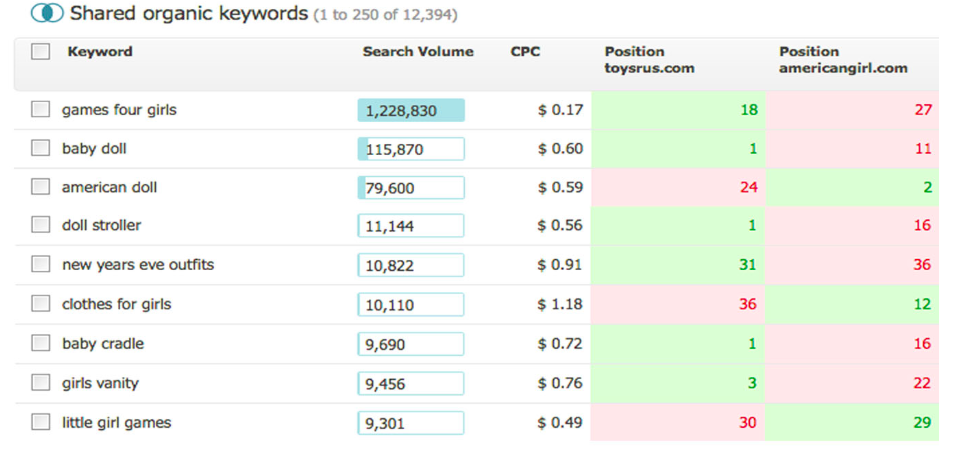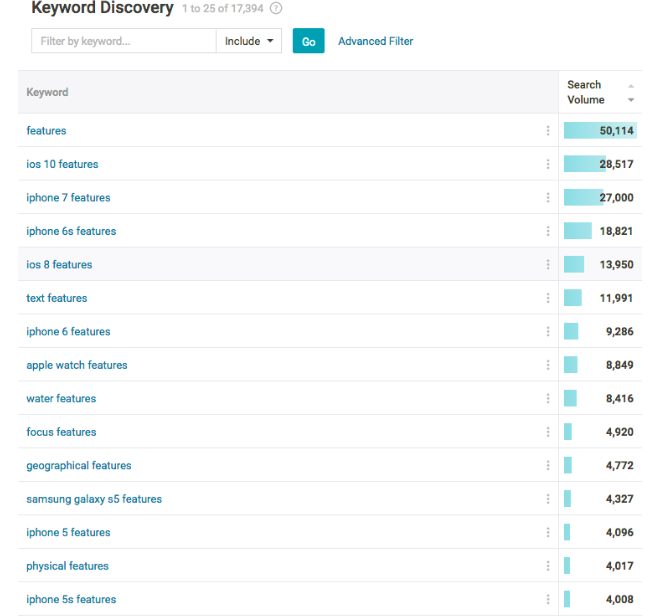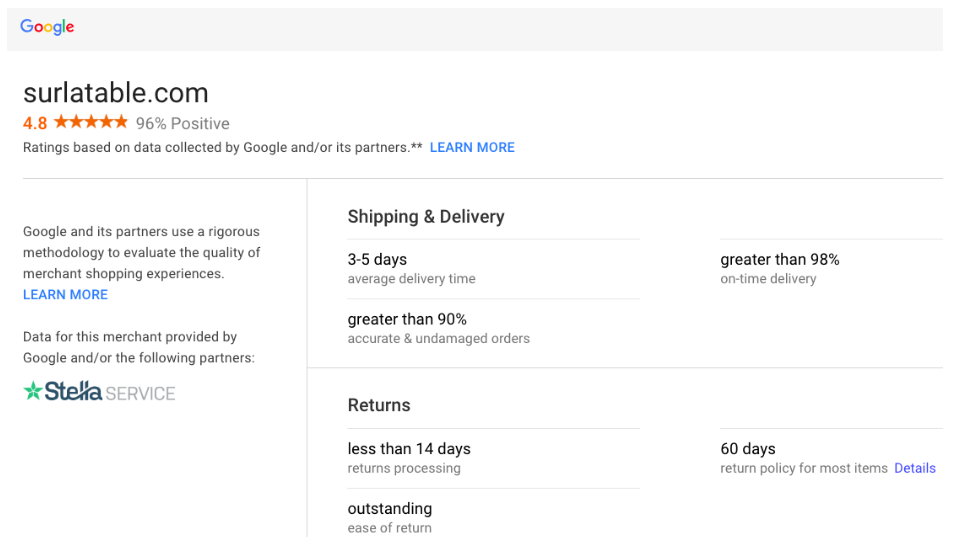Who needs little things like the $700 billion US shoppers spend over the holidays when you’re Amazon? Four months before the traditional holiday shopping season kicks off, the online retailer is aiming to bank more than $1 billion in sales now, as its annual Amazon Prime Day brings Christmas-like shopping frenzy to July. While Amazon may suck all the oxygen out of the room for its summer event, it’s not too late to give the company a run for its money later this year. In this edition of Memo to the Modern Marketer we’ll offer some tips and tricks you need to do now to boost your SEO and make your channels more shopper-friendly.
Mobile is Where the Magic Happens
Tip No. 1: Set your sites on mobile.
Adobe Analytics reports that US shoppers last year spent $35.9 billion purchasing sugar and spice and everything nice via their tablets and smartphones. That’s more than a third of the total $108 billion spent, and an increase of 28% year-over-year. One big point to remember about mobile is that use of these small screens translates into shorter periods in which shoppers will spend looking, since they’re most interested in making a transaction. Ranking high in a search could make the difference between a dismal season and a blockbuster one.
For mobile, here’s what you need to focus on:
Rapid Research
Get prepared for the comparison shoppers. According to the International Council of Shopping Centers, some 66% of holiday shoppers surveyed used their phones at stores for price comparison, discounts, and checking inventory. Even before making their way to the mall, ICSC found 71% of shoppers researched their shopping lists online. It’s an area where Amazon excels; the company’s US e-commerce sales are expected to tally a staggering $258.2 billion this year, up nearly 30 percent from a year ago, according to a new survey from eMarketer that looks at the company’s sales by product category.
That makes optimizing your site to rank high for traditional product and keyword mobile searches invaluable. Make sure you know what your competitors’ products are ranking for on mobile, and have a clear understanding of where you rank.
For instance, Kohl’s and JcPenney are fierce competitors and topped Wallethub’s list of Best Stores for Black Friday in 2017. From our data in the graph below, you can see the two retailers were neck-and-neck for mobile SEO visibility on Thanksgiving Day 2017, with Kohl’s just barely beating out JCPenney.
If people search for items things like “womens clothes” on their phones as they walk into a mall for holiday shopping, Kohl’s could get the win – something marketers at JCPenney might note.
Optimizing for Google Shopping
If you haven’t already created a strategy around Google Shopping product listing ads, you’re behind the curve. Searchmetrics’ recent study looking at Universal Search results for ecommerce found more than 45% of results on mobile include Google Shopping results, shoving organic results farther down the page. That makes being in the first organic spot all the more important. Additionally, optimizing your pages for speedy loading is imperative; a Google study found 53% of visitors abandon a mobile site if it takes more than three seconds to load. Once they bounce, they’re pretty much gone.
Long-Tail Limelight
The Adobe Analytics holiday shopping report found 64% of shoppers have a retail app downloaded on their device, but only 32% will download an app specifically for holiday shopping. This means you can’t rely solely on your mobile app to bring in customers as they’re shopping. Still, you might have a fighting chance for discovery through long-tail keyword research.
This year, e-commerce sites that sell toys will see more search opportunities following the bankruptcy liquidation of popular US toy store Toys ‘R’ Us. Amazon, Target and other multi-category retailers quickly closed ranks on the top spots, Twhile doll company American Girl ranks only on the second page. It’s a perfect example of keyword targeting. American Girl should target right now to compete with the e-commerce behemoths as they take over those high-ranking spots ahead of Cyber Week. From the Searchmetrics Research Cloud you can see “baby cradle” and “doll stroller” are a couple of other long tail keywords Toys ‘R’ Us ranked #1 for that American Girl could target.

Seeing is Believing
Tip No. 2: A picture really is worth a thousand words.
When you’re optimizing for mobile this holiday shopping season, make images a top priority. Our Universal Search study found that images are an important ranking factor on desktop and mobile. Images for ecommerce sites on mobile are higher than our benchmark, appearing in one in five searches; it’s even higher on desktop, with images appearing for one in four searches. This means when images are added to your site, you should make sure they are optimized:
- Reduce Image File Size: Images should be 70 kb or smaller so it doesn’t slow down load time.
- Label Images Descriptively: Rather than using the image number DSC_0038.PNG for a “red suede pump”, title it “Red Suede Pumps”.
- Use ALT Text: This should be done for all product images and blog images. Alt text should have dashes between words so the crawlers can read them and bucket them for the right correct searches:

Personal Touches
Tip No. 3: A clean site can make for a healthy and profitable one.
While your email team is working on sending out AI-powered personalized messages, and your engineers are creating predictive product displays to make the onsite experience more personal, your search efforts should be directed toward personalized results – only without the luxury of automation. Here, you’ll want to focus on your product pages:
- Link to Related Pages on Your Site This is a way to lead your readers to other relevant places on your site that’s not covered by predictive product displays
- Highlight Features Make sure you’re listing product features for each product page. Features is one of the criteria customers use when they’re doing comparison shopping. From the Searchmetrics Research Cloud, you can see a lot of the items people search for related to “features” are electronics.

The biggest month for searches for “features” is October. That may be when people are starting searches, but that’s also when publications start putting together holiday shopping gift lists – lists you want to be on.

Sites and magazines reviewing the products are also doing internet searches, so the better laid out your features are, the easier is it is for reviewers to sort through what they want to focus on.
- Google My Business: If you have both a brick-and-mortar operation alongside an e-commerce site, it helps to have the brick and mortars on Google My Business. Google allows e-commerce sites with a physical location to participate in Google My Business. The store will show up for local searches, supporting brand awareness even if it doesn’t directly benefit your ecommerce operations.
- Ratings and Reviews: If you don’t already have ratings and reviews, now is an excellent time to get those up and running for the holidays. New reviews count as fresh content, sending signals to Google’s crawlers that your site is active. It has the added benefit of giving customers more information to evaluate products as they move toward purchasing.
- Google Reviews: While small businesses benefit from ratings with Google My Business when they show up on Google Maps for local search, Google also gives stars out to ecommerce sites — Seller Star Ratings. Though you can’t put the stars up for your site yourself, they help you stand out. Google compiles data collected on how well a company serves customers; it will post them next to the site’s domain when the site comes up in paid search results.

Closing Thoughts
As the rest of your company is preparing for high holiday traffic, what to discount and how to sell it, make sure your SEO and content are all in good health. Now is the time to engage. The earlier you start with cleaning up and optimizing your search efforts, the earlier (and more likely) people will be filling up their carts with your products as they tick off their shopping lists. Remember, many may keep their online shopping carts full until Black Frida,y when they check out.
If you get hung up on something, don’t be afraid to look to competitors that are doing well to get on track. You can see what you’re up against, and you have the time now to correct the snags dragging you down.


